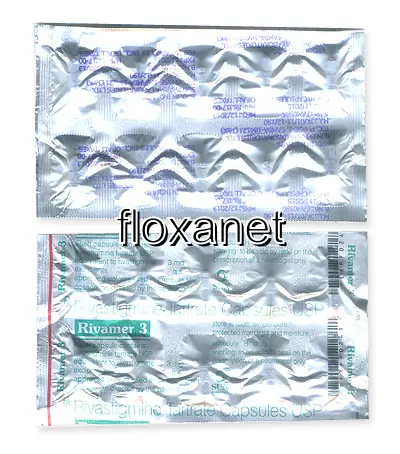| Package | Dosage | Price | Price per Dose | |
|---|---|---|---|---|
| Dosage: 1,5mg | ||||
| 360 pill | 1,5mg | CAD595.78 | CAD1.65 | |
| 240 pill | 1,5mg | CAD405.51 | CAD1.69 | |
| 180 pill | 1,5mg | CAD311.33 | CAD1.73 | |
| 120 pill | 1,5mg | CAD219.08 | CAD1.83 | |
| 90 pill | 1,5mg | CAD171.03 | CAD1.90 | |
| 60 pill | 1,5mg | CAD115.30 | CAD1.92 | |
| 30 pill | 1,5mg | CAD61.48 | CAD2.04 | |
| Dosage: 3mg | ||||
| 360 pill | 3mg | CAD545.81 | CAD1.52 | |
| 240 pill | 3mg | CAD382.44 | CAD1.60 | |
| 180 pill | 3mg | CAD297.88 | CAD1.65 | |
| 120 pill | 3mg | CAD215.24 | CAD1.79 | |
| 90 pill | 3mg | CAD171.03 | CAD1.90 | |
| 60 pill | 3mg | CAD124.91 | CAD2.08 | |
| 30 pill | 3mg | CAD71.09 | CAD2.36 | |

Rivastigmine Tartrate Description
Overview of Rivastigmine Tartrate
Rivastigmine Tartrate is a medication primarily used to manage symptoms associated with Alzheimer's disease and Parkinson's disease dementia. It belongs to a class of drugs known as cholinesterase inhibitors. The medication works by increasing the levels of acetylcholine, a neurotransmitter essential for memory and cognitive functions, which are often compromised in neurodegenerative diseases.
Mechanism of Action
The primary mechanism of Rivastigmine Tartrate involves inhibiting the activity of the enzyme cholinesterase. By blocking this enzyme, the drug prevents the breakdown of acetylcholine in the brain, thereby enhancing cholinergic neurotransmission. This increase in acetylcholine levels helps improve communication between nerve cells, alleviating some cognitive and behavioral symptoms associated with dementia. Unlike other cholinesterase inhibitors, Rivastigmine is also a butyrylcholinesterase inhibitor, which may contribute to its efficacy in a broader range of neural pathways.
Effectiveness and Uses
Patients taking Rivastigmine Tartrate often notice improvements in memory, attention, and the ability to perform daily activities. While it does not cure underlying neurodegeneration, it can significantly slow the progression of symptoms in some patients. The medication is available in various forms, including capsules, transdermal patches, and oral solutions, allowing for versatile administration tailored to patient needs and tolerability.
Advantages of the Transdermal Patch
The transdermal patch form of Rivastigmine offers some advantages over oral administration. It ensures a steady release of medication over 24 hours, resulting in more stable blood levels. This can reduce gastrointestinal side effects such as nausea and vomiting, which are common with oral forms. The patch also simplifies dosing and improves adherence for some patients, particularly those who have difficulty swallowing capsules.
Potential Side Effects and Risks
Like all medications, Rivastigmine Tartrate can cause side effects. Common adverse reactions include nausea, vomiting, diarrhea, dizziness, and headaches. Some patients may experience skin irritation at the patch site. Serious but less common side effects include weight loss, muscle weakness, or cardiac issues. It is important for patients to discuss their full medical history with their healthcare provider before starting treatment, especially if they have underlying conditions such as heart problems or gastrointestinal issues.
Considerations and Precautions
When using Rivastigmine Tartrate, regular monitoring by a healthcare professional is essential. Adjustments in dosage might be necessary based on the patient’s response and tolerability. Patients should be advised to report any new or worsening symptoms promptly. It is also crucial to avoid abrupt discontinuation of the medication, as it may lead to a sudden decline in cognitive functions.
Conclusion
Rivastigmine Tartrate remains a well-established option in the treatment of dementia-related symptoms. Its ability to enhance cholinergic transmission can make a meaningful difference in the quality of life for many patients. Proper administration and vigilant monitoring can help maximize benefits while minimizing potential risks. It is a valuable tool in managing the challenging symptoms of neurodegenerative diseases, offering some hope of improved mental function and daily living for those affected.